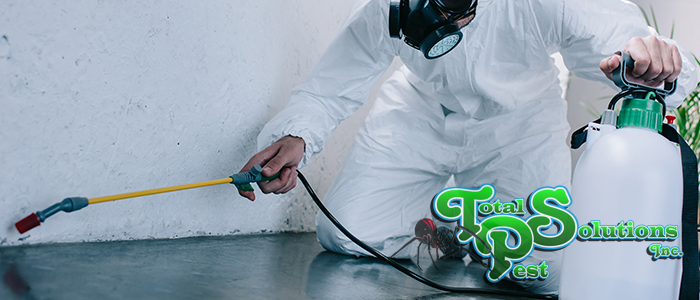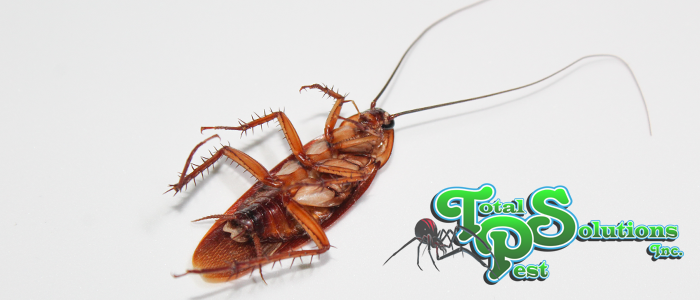
It’s heartbreaking to see, especially when growing a lawn is such a touch-and-go process. You just got your grass to sprout. It grew in robust. Then suddenly, it’s all brown and dry. What just happened? Is your lawn dying – Can you save a dying lawn? Do you have to replace all of that brown grass with new seed? Do you just pray and hope for a better start next time? Hold your horses – First, find out if your brown lawn really is dead.
Brown Lawn Doesn’t Mean Dead Lawn
Depending on the kind of grass and soil you have, your grass may actually just be sleeping. It sounds entirely made up, and if we didn’t know it was true, we might suspect some funny business too. Some varieties of grass, for example, can stay green through droughts for up to six weeks in cool weather. However, they turn brown when the water stops altogether. While most grasses will start to die in the absence of water or in extreme heat and sun, you can still check to be sure whether or not your grass has expired.
Simply grab a small handful of the brown grass shoots. If they all come out easily, like the blades are made of tissue paper, the plant has likely died and will need to be removed and replaced. However, if the blades stay firmly planted or need some strength to be removed, you have a chance at revitalizing them with some hard work put in.
Water Your Grass!
Just like any plant or animal, grass needs water to survive. If you make the mistake of assuming that your grass will be just fine because it rains every now and then, your grass may be missing out on essential water that helps it grow strong blades and firm roots. If it only rains a handful of times a month, you’ll want to water your grass regularly.
You’ll need to set up a suitable watering program for your water depending on what kind of soil you have and what kind of grass is planted, and you can get the advice you need from lawn care professionals. The amount of sun and shade the grass receives is also an important determinant of how often you’ll be watering.
If your grass is brown and stressed, you can ease its stresses by watering a little more than is recommended, making sure it gets around an inch of water every week. Overwatering it can lead to root rot in this vulnerable state, so watch what you’re doing carefully.
Lawn Conditioning Can Help
Sometimes it’s the soil that’s gone to pot. In cases where the soil lacks some nutrients, you can try a high blade setting and mow your lawn to leave a thin layer of clippings around. Those clippings may need to be raked to settle evenly. They will cycle nitrogen and nutrients into the soil to the roots of the grass trying to grow below. Removing weeds, such as beggarweed and dichondra, also ensures your grass isn’t losing out on nutrients. Aerating the lawn and applying a top-dress of compost can also help boost the nutrients in the soil.
But that sounds like a lot of work for a ‘sometimes,’ right?
When in Doubt, We’ll Figure it Out
Lawn care professionals like Total Pest Solutions are the first people you should turn to when your lawn starts to go brown. This can be an easy fix or a race against time, and professionals have the tools and know-how to figure out which one it is.
continue reading
Related Posts
Don’t Let Pests Take Over: The Top 5 Signs You […]
Flea Infestations in Your Workplace – A Complete Guide for […]
Winning the War Against Kitchen Roach Infestations When it comes […]






